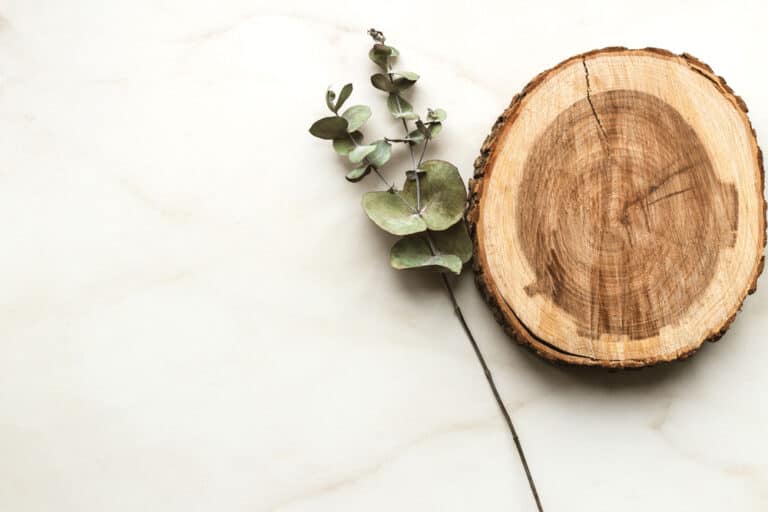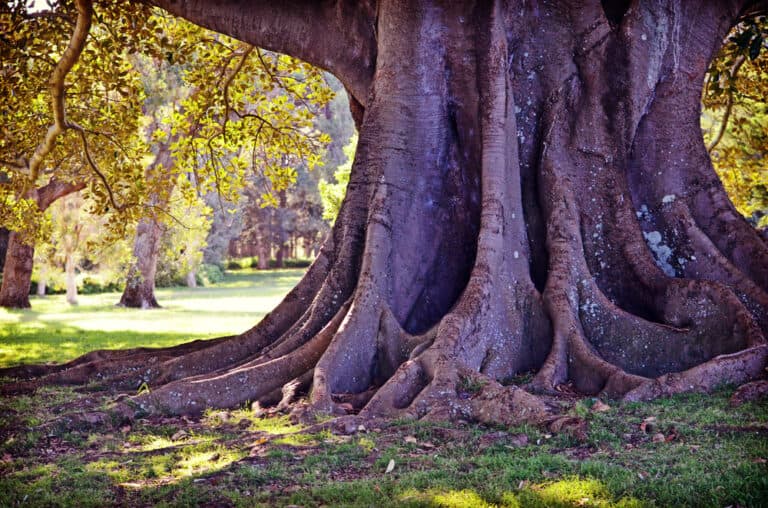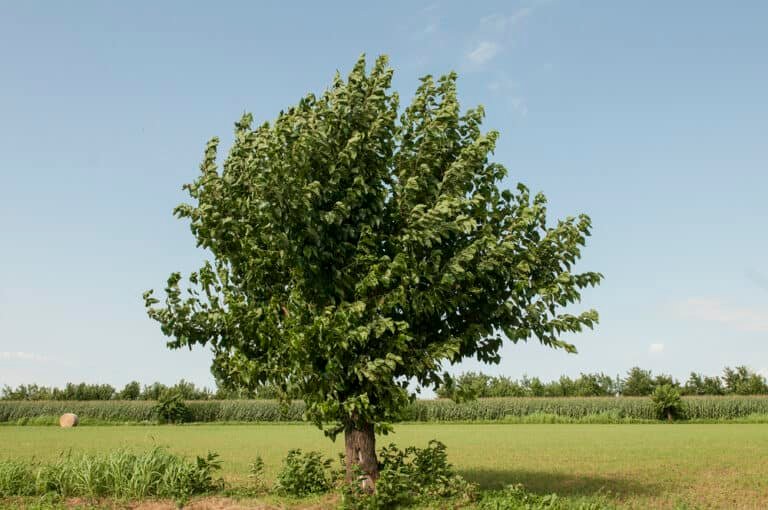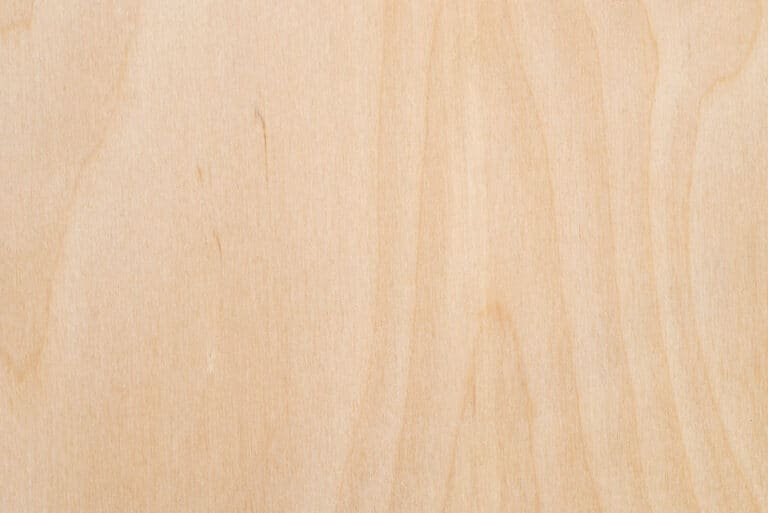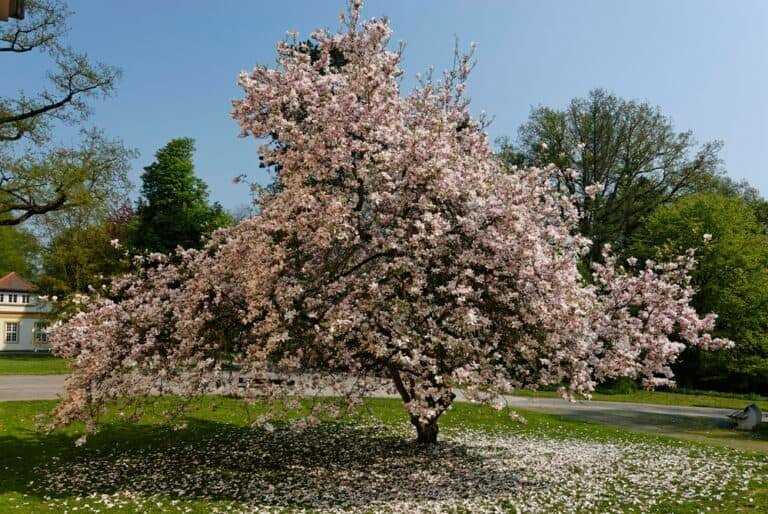When it comes to wood carving, the type of wood you choose can make all the difference in creating a beautiful and unique piece of art.
Wondering if you can give apple wood a shot for carving purposes? We can clear out your doubts.
However, can you really use apple wood to carve? The short answer depends on what you’re making. Although it isn’t ideal for all kinds of carving, its uniform texture and natural grain still make it suitable for a selected number of carving projects.
Carving Apple Wood
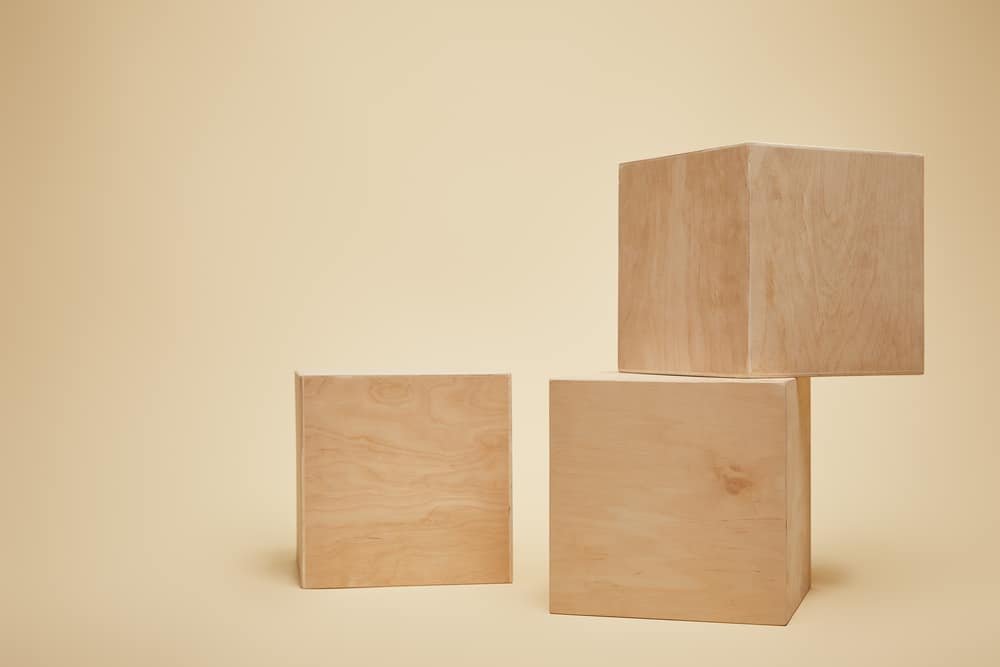
Several factors come into play when deciding if a type of wood is good for carving. These usually include moisture content, softness, and texture.
The hardness of apple wood is 1730 lbf on the Janka Scale, which automatically makes it tricky to carve, even if you have the right tools.
Features of Apple Wood | Why People Still Choose It for Carving
Knowing all its intricate features can help you understand this hardwood better:
- Moisture Content
Fruit trees typically have more moisture in them, and apple wood is no exception. This high content can result in discoloration. Before using apple wood, let it dry out in the sun for a couple of days, and then start carving.
With that being said, once dried completely, the uniform texture of apple wood makes it one of the best woods for selected carving projects.
- Color
Applewood has an eye-catching caramel color. Some areas of the tree may have darker parts than others, making it look old.
This wood’s natural grain and deep color are the main reason people gravitate toward it for carving and turning projects.
- How Well It Weathers
Letting apple wood dry after carving allows it to weather well. You can end up with a shiny, almost glass-like finish, which looks good on tabletops.
However, note that sun-dried apple wood takes anywhere between three months to a couple of years to cure properly!
On the other hand, kiln-dried wood can be worked on within a week.
Points to Keep in Mind When Carving Apple Wood
Although generally a pleasant wood to carve, there are a few pointers you should keep in mind when working with this material:
- Apple wood can be very tiring to carve, and you will have to use a lot of energy to work around it.
- It has a high possibility of splitting, so you want to be very careful when carving to avoid that.
- Check for damage from woodpeckers when buying apple wood, as this damage can leave uneven areas on the surface.
How to Carve Apple Wood
Follow the steps below if you’re a first-timer trying to carve apple wood for a project.
- Prepare the Wood
Before you start carving, you’ll need to soak the pre-dried apple wood in warm water overnight. This will help soften the wood and make carving easier.
- Trace Your Artwork
You can use a pencil and tracing paper to trace your design onto the apple wood. This will serve as a guide for you during the carving process.
- Carve the Wood
Start with small and shallow cuts, then continue with deeper and heavier cuts using a carving knife, gouges, or chisel and mallet.
- Sand the Piece
Remember to sand down on the piece you’re working with. Do this before applying any finishes to the apple wood. Start with a rough sandpaper (36 to 80 grit), then switch to a finer one (600+) for a smooth finish.
Apple Wood Characteristics
Unlike other hardwoods, apple wood is rarely used for commercial woodworking projects. This is partially due to its high density and uniform texture – ideal for only a selected number of carvings.
However, as complex as it typically is, here are a few reasons why carpenters still value apple wood –
- Non-Toxic
Did you know most woods are actually actively poisonous for us? However, this hardwood is perfectly safe for carving utensils, given how non-toxic it is.
- Spalting
Storing apple wood in a humid environment will allow fungi to grow inside the wood – leaving behind naturally discolored areas. This gives apple wood beautiful patterns you can’t find anywhere else.
- Shrinkage
Being a fruit tree, applewood naturally holds a lot of moisture – but it tends to lose its content over time. This in turn, shrinks the wood. Drying it before carving can retain apple wood’s natural grainy texture and density.
Final Thoughts
Even though it is not ideal for all kinds of carvings, apple wood is still a great option for many projects.
The best thing about it is its affordability and versatility. You can make so many things out of apple wood! The list is endless, from spoons and small smoothie bowls to proper knives.
However, remember that this wood isn’t the easiest to work with – it takes a lot of energy to carve on it. Dry it properly before working if you want to prevent discoloration too.
